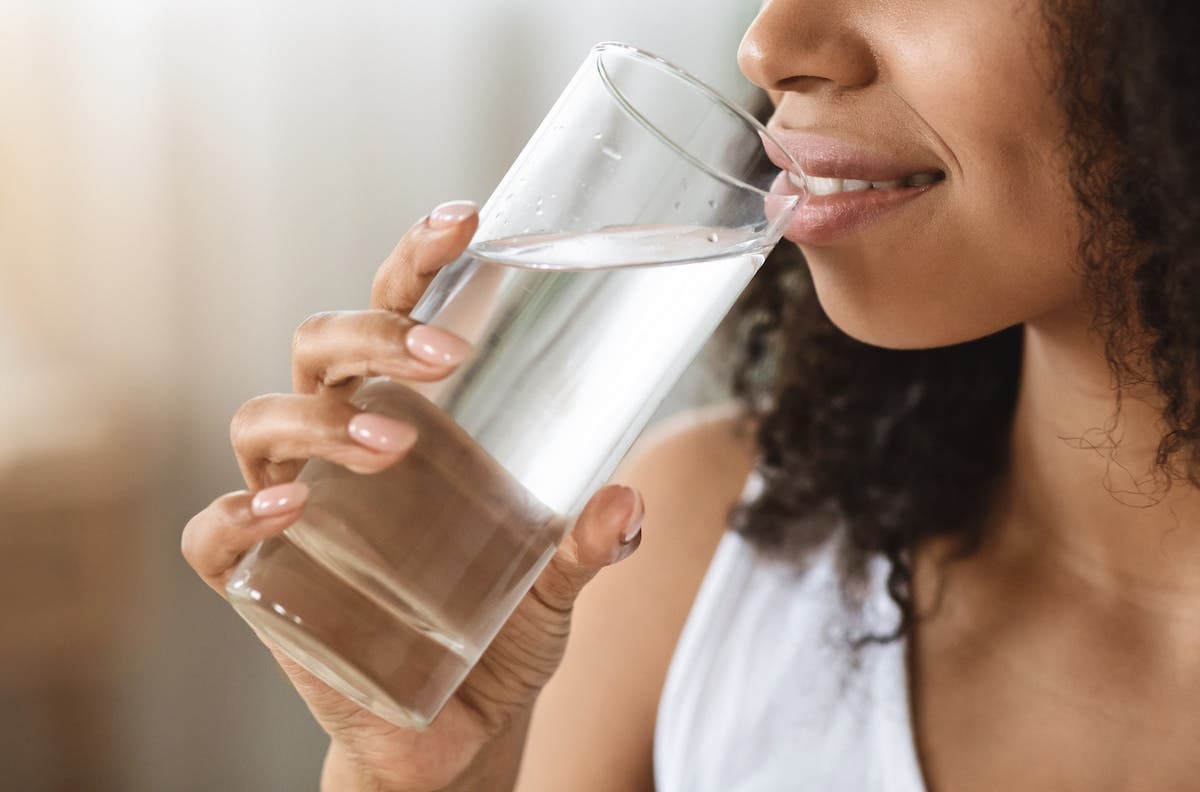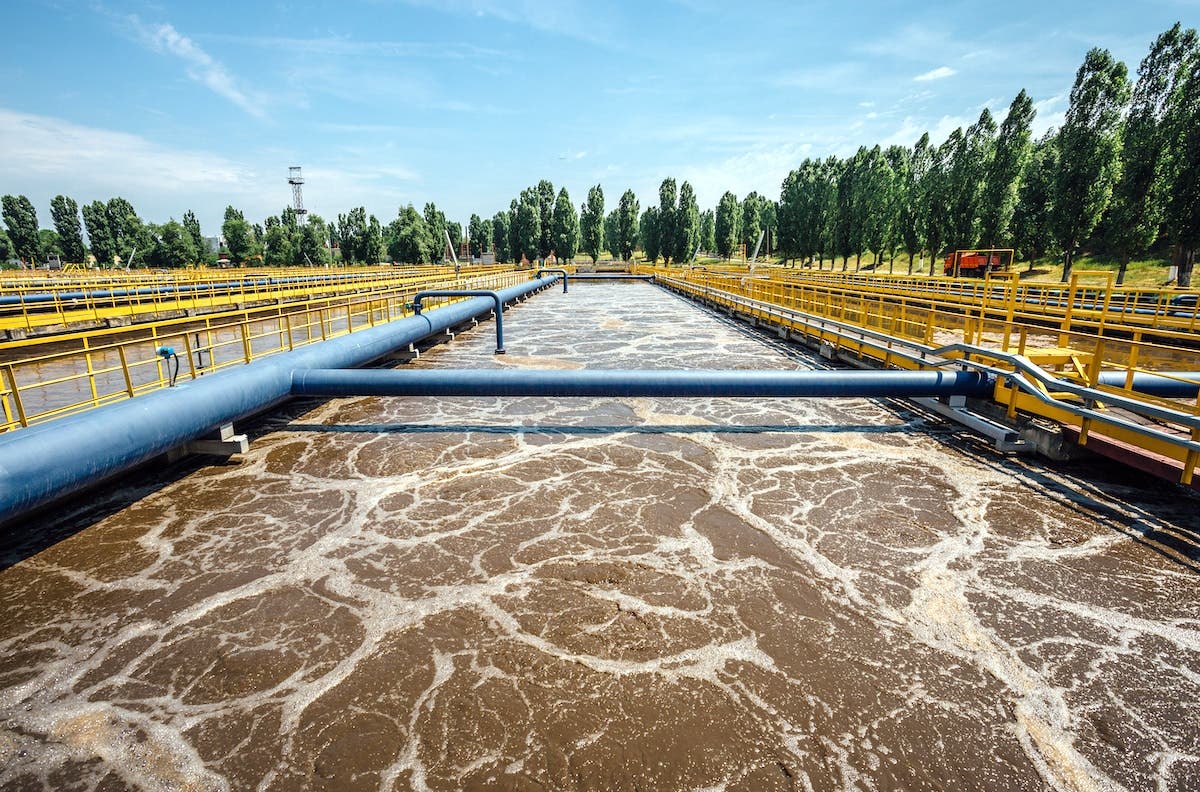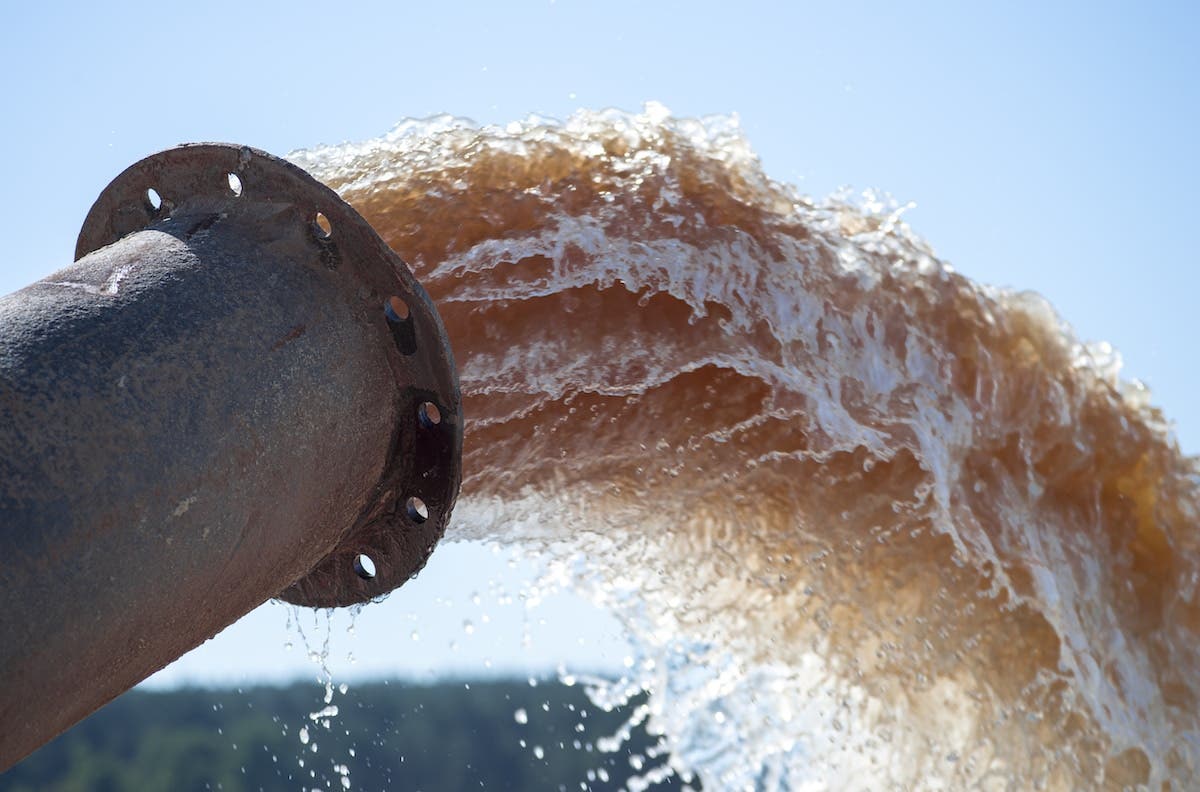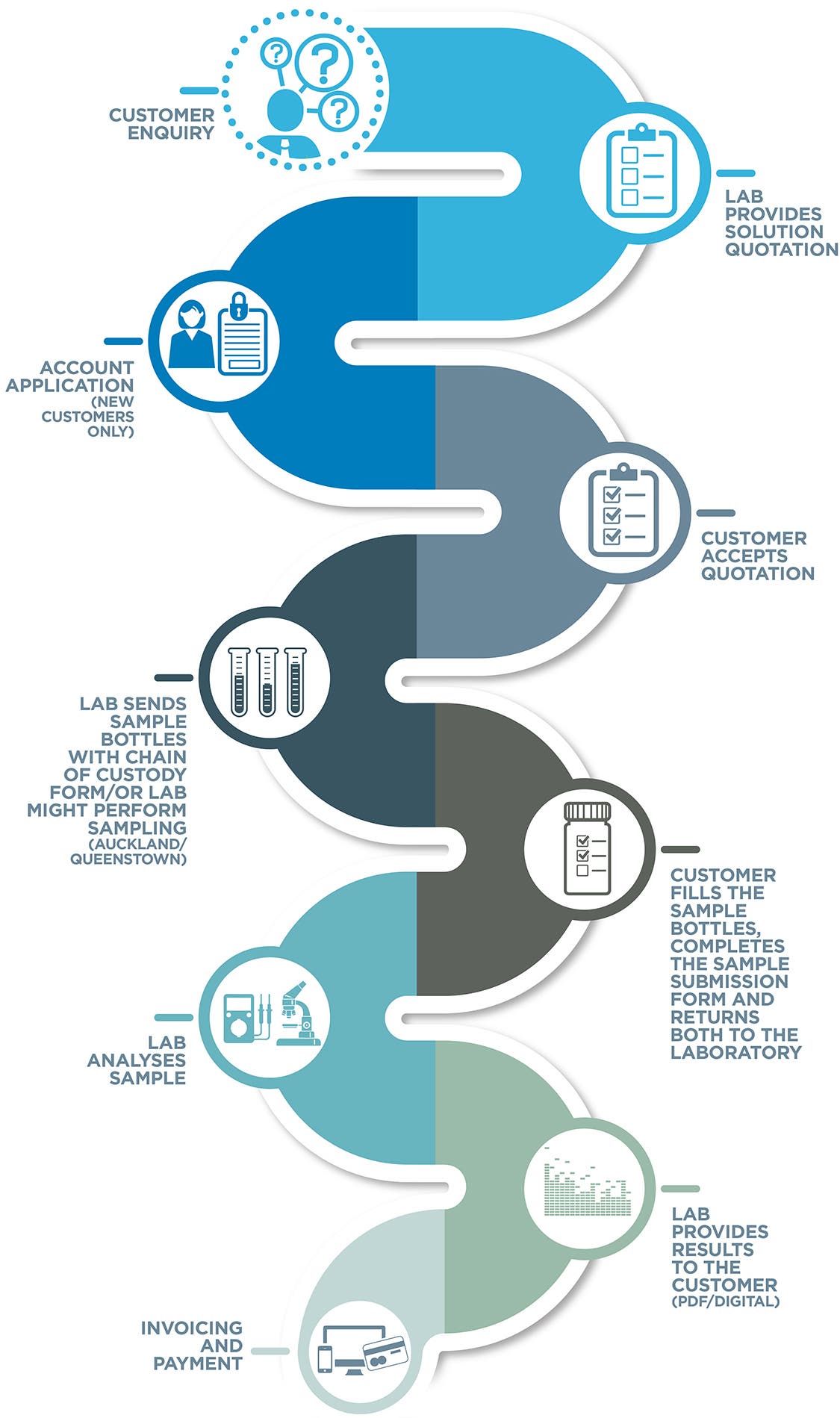Water Testing
Get in TouchWhat is Water Testing?
Water is at the core of our business. Not only are we responsible for testing drinking water for more than one third of New Zealand’s population, but we are a division of Watercare Services – the fifth largest company in New Zealand by asset value. Watercare provides high quality drinking water and efficient wastewater services to 1.7 million customers every day.
Our expert team provide water service providers, local government authorities, businesses, and residential customers with comprehensive testing of drinking water, wastewater, stormwater, trade waste, environmental and recreational waters. Our testing is carried out to the highest international standards by experienced professionals working right here in New Zealand.
Water Specialties

Drinking Water
We’re registered with the Taumata Arowai and internationally accredited to carry out a range of tests on water sources. Read more here.
Learn

Wastewater
We perform a variety of tests on wastewater for treatment plant operators across the country. Read about what we can test for here.
Learn

Stormwater
Rainfall that does not evaporate can pick up contaminants and end up in waterways. We perform a variety of tests on stormwater. Read more here.
Learn

Environmental & Recreational Waters
Our microbiology and chemistry testing on these types of waters can be tailored to our customers’ needs. Read more here.
Learn

Trade Waste Discharge
We carry out confidential analysis for customers who need to comply with local authority discharge resource consents. Read more here.
Learn

Commercial & Industrial Process Water
We do test for agriculture, horticulture and viticulture businesses that want to understand the safety of the water they are using. Read more here.
Learn
If you are unsure about which testing to choose, we can help you determine the right testing for your needs.
Get in TouchWater Testing Capabilities
Microbiology
Microbial testing is necessary where human health is at risk of being adversely affected by biological pathogens, disease-causing bacteria, and other toxins.
Learn
Anions
Using an ion chromatograph, our general chemistry department can detect an extended range of anions at low detection limits. Flow analysis instruments also allow the team to offer customers anion testing across both saline and environmental samples.
Learn
Nutrients
Nutrients—especially nitrogen and phosphorus—are key water quality parameters in environmental water. They can have significant direct or indirect impacts on plant growth, oxygen concentrations, water clarity, and sedimentation rates.
Learn
Inorganics
Inorganic chemistry deals with synthesis and behaviour of inorganic and organometallic compounds. This field covers chemical compounds that are not carbon-based.
Learn
Metals
Our inorganic trace metals department uses the latest ICP-MS technologies to detect trace metals in waters, soils, dust filters, and shellfish biota. Working out of a custom-built laboratory that has separate areas for sample preparation, instrumental analysis, and administration, the site provides optimum conditions for low level analysis of metals.
Learn
Organics
Organic chemistry deals with the structure, properties, composition, reactions, and preparation of carbon-containing compounds. Most organic compounds contain carbon and hydrogen, but they may also include any number of other elements (e.g., nitrogen, oxygen, halogens, phosphorus, silicon and sulfur).
Learn
PFAS
PFAS is an emerging organic contaminant and is an increasing area of focus in environmental management given it’s link to adverse health effects.
Learn
Continuous Water Monitoring
Online monitoring is a major improvement in many types of water monitoring, the ability to view real time trends and changes over time gives a much more detailed view than discrete (grab) sampling.
Learn
Laboratory Testing Process














